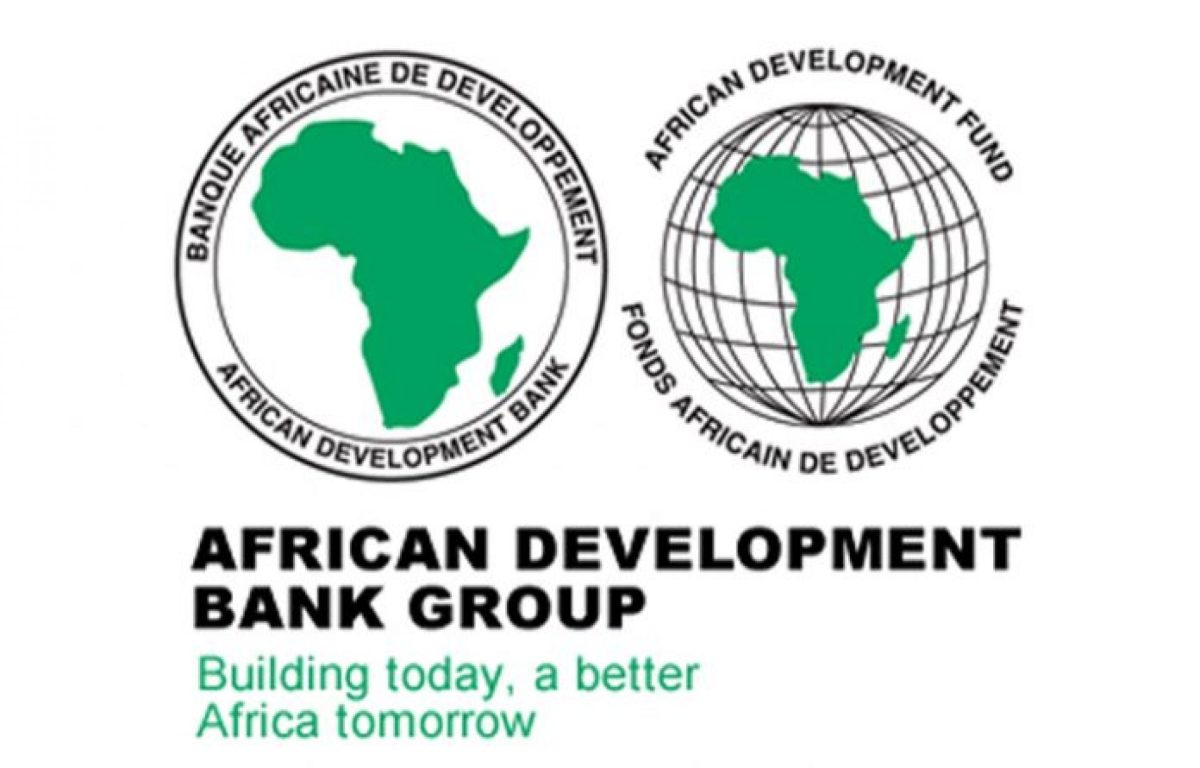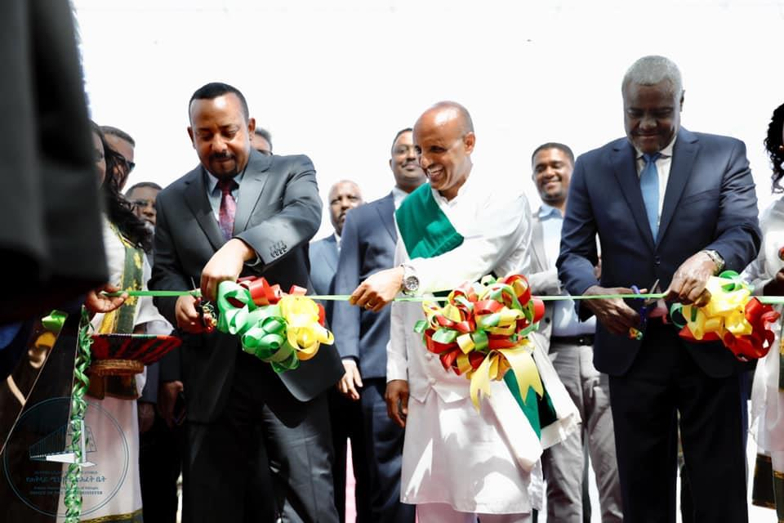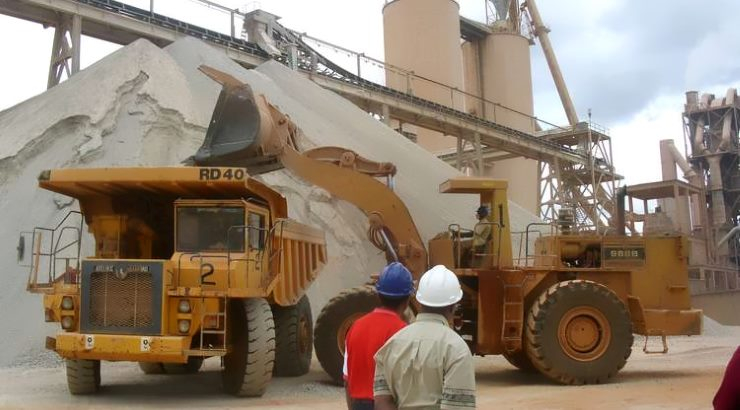

The African Development Bank (AfDB) will fund infrastructure projects by Eastern African countries to the tune of $2 billion over the next four years.
The funding, unlocked by the recently approved East Africa Regional Integration Strategy Paper (RISP), could be scaled up to $3 billion in the same period, bank officials said. The Strategy Paper lays out the roadmap to accelerated regional integration through joint infrastructure development, and covers regional transport connectivity, energy infrastructure, ICT connectivity, and management of transboundary water resources.
The Strategy Paper was developed in consultation with regional economic communities (RECs) and is aligned with key REC strategies for the East African Community (EAC), the Common Market for Eastern and Southern Africa (Comesa) and the Inter Governmental Agency on Development (Igad).
“The key objectives of this four-year strategy are fast-tracking structural transformation, increasing trade and promoting financial sector integration and inclusion,” said Nnenna Nwabufo, AfDB deputy director general for East Africa.
The funding programme also covers Djibouti, Eritrea, Ethiopia, Seychelles, Somalia, and Sudan. In Tanzania, AfDB is offering to finance the country’s 2,100MW Stiegler’s Gorge hydroelectric plant and the modernisation of the Dodoma Airport. In Kenya, the energy projects earmarked include the second phase of the last-mile connectivity, which is expected to receive $150 million, with new geothermal installations taking an additional $40 million. The AfDB funded the 600-kilometre 500kv Ethiopia-Kenya interconnector line.
The bank says it will use concessional resources, its non-concessional resources, trust funds and blending instruments, through collaboration with other development partners such as the European Union, French Development Agency, and China’s Africa Growing Together Fund. East Africa is the fastest growing region on the continent, with a real GDP growth rate of 5.9% in 2017, compared with the continental average of 3.6%.
But countries in the region have been grappling with poor infrastructure, power shortages, low electricity connectivity and high cost of power for manufacturing — which is about four times higher than the global average. Its economies are also characterised by low levels of industrialisation, with value addition being below 15% of GDP in all countries.





